Stepping off the Qantas flight at midnight in Mumbai roused me from a sleep-like state: at ninety-five percent humidity, the moist air liquefied as it met my frosty skin. Beads of sweat spread down my forehead, travelled between my eyebrows, trickled to the tip of my nose and dropped to their fiery death on the concrete below. One by one, newly formed salty beads coursed across my entirety in harmony with gravity.
Perplexed, I stood motionless – mouth ajar – as waves of foreign sounds boomed forth from the crowds of beaming brown faces atop the sea of Indian bodies. Unfamiliar Hindi words darted across the road and pierced my consciousness: I had to find a taxi driver - amid the swarming mass of bodies - who spoke English and could get me downtown.
An Australian lass with whom I’d chatted en route provided safety in numbers. Together, we embraced the midnight mania of Mumbai, pushed through the crowds and – after some mild haggling with a friendly face at the back of the crowd – found a seemingly honest driver willing to transport us to our respective lodgings. He was the only man not trying to sell passengers inflated prices to his family’s bedraggled shack-of-a-hotel in a seedy district of Mumbai.
We engaged, ensured our backpacks were safely locked in the boot of the yellow and black Kaali-Peeli, then slid into the backseat of the air-condition-less taxi.
Getting into Mumbai
Approximately thirteen million of Mumbai’s twenty-one million inhabitants live in abject poverty. Dwellings consist of tin shacks, either crammed along the roadside or constructed in organised slums such as Dharavi (uncovered in Kevin McCloud's "Slumming it"), all in close proximity to other poor city dwellers. Sanitation and ethics aside, catching a glimpse of the poverty’s extent on the one-and-a-half-hour three-hundred-and-twenty-rupee drive to The Fort was confronting.
The voyeuristic appeal of ‘poverty porn’ was overpowering: innumerable Indian families could be seen sitting together under tiny tin roofs along the roadside with nothing to block the prying eyes of the surrounding world. I was their captive audience and they, the cast of a disenchanting tale of human suffering and endurance.
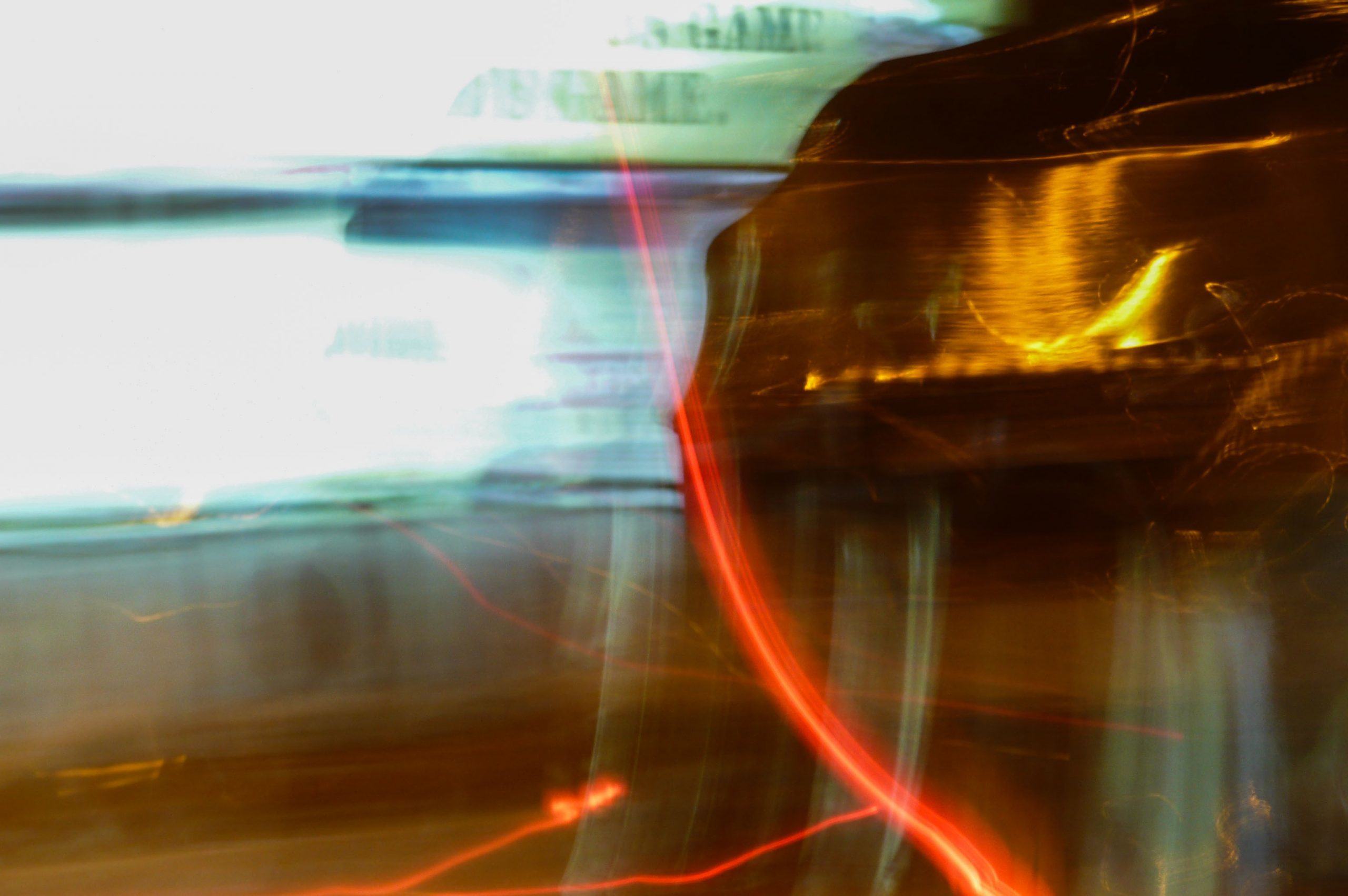
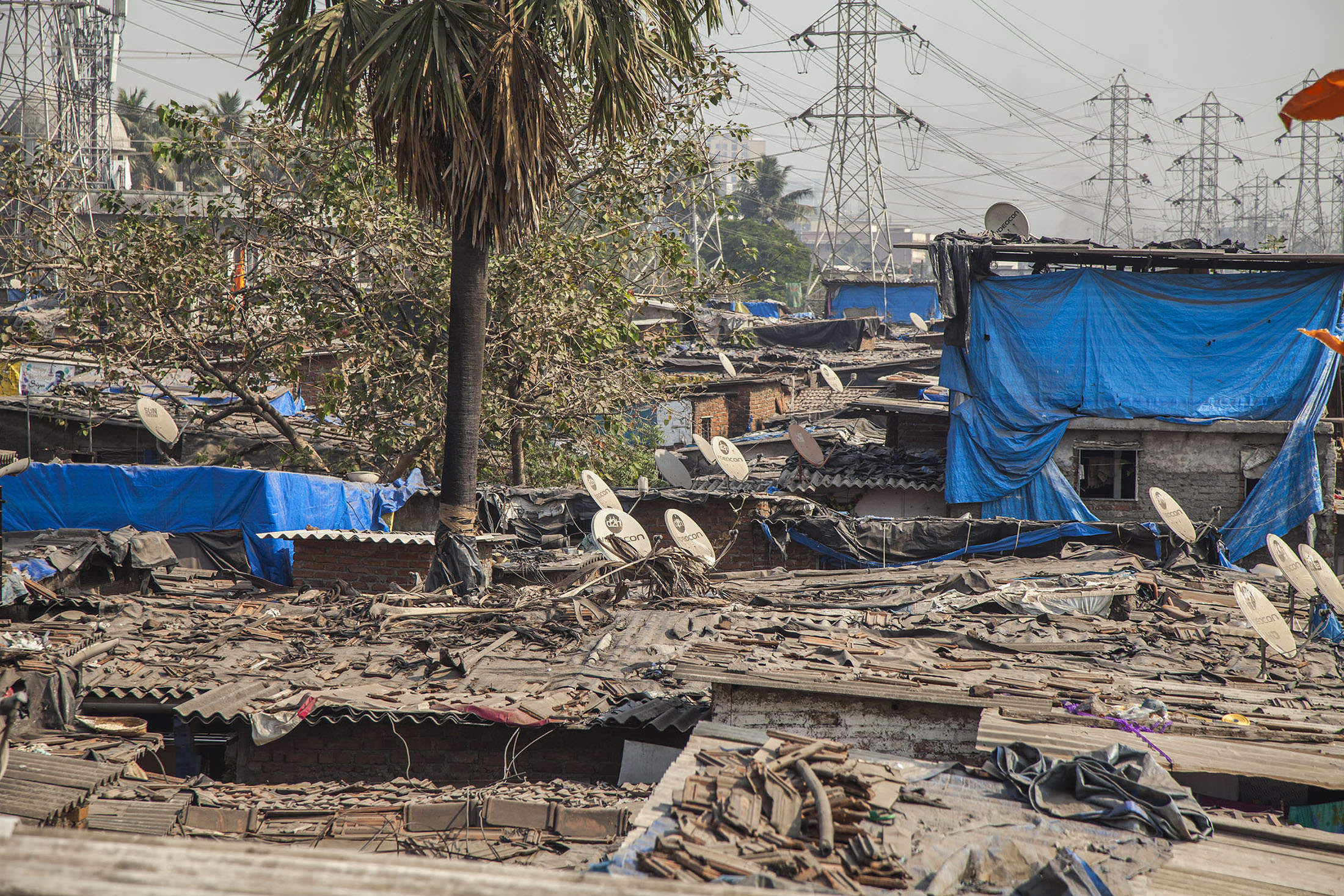
However, the compulsive viewing affected a gaze shift: self-perception is paramount to understanding ourselves and our place in the world. How did these poor Bombayites see themselves? Was their perception of circumstances diverse to my western ideals surrounding sustainable standards of living?
Pride is inherent in us all, as are dignity and self-respect. I couldn’t help but wonder how they felt about their circumstances. I realised my journey necessitated an element of objectivity to understand the complexities of poverty, nuances of which were foreign to me.
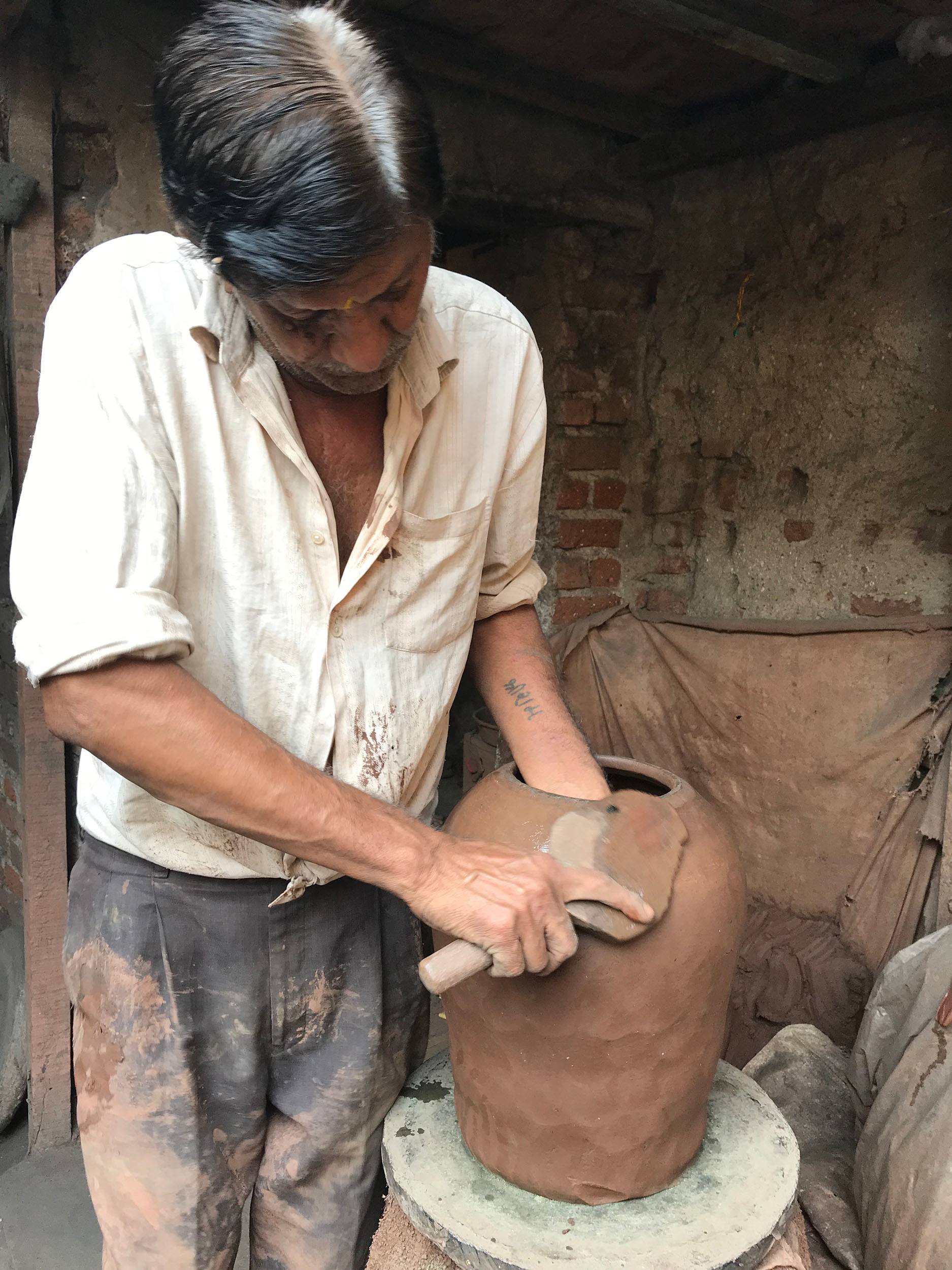

I eventually arrived at Hotel City Palace, an establishment that more closely resembled the sights I’d just seen than the seemingly paradisiac conditions the internet advertisement had ‘guaranteed’. Fortunately, sanitation was not going to be an issue: the room was clean and there was a flushable toilet. I just had to avoid bringing a stray cat home as swinging it slightly in any direction would have caused serious injury, to us both.
Mumbai’s Apparently Congenial Character
The following days’ activities involved testing my senses - to the limit.
As I wandered along the streets, avenues and the Chowpatty beach esplanade, the overpopulation became apparent. I could not move without being side-by-side and skin-to-skin with another human, they being mostly male. Personal and perceptual space became limited, as I was poked and prodded by beggars and stared down by most passers-by. Bombayite men would stop in the street, stand face-to-face - an inch or two separating us - and stare intensely for seconds to minutes.
As unsettling as it was – at first, I realised they were simply reciprocating my avid curiosity. The discomfort I’d felt gradually diminished as Mumbai’s transparently congenial character proved intermittently irresistible; it didn’t take long to weave that familiar traveller’s bounce back into my stride and plaster a smile across my sweaty face.
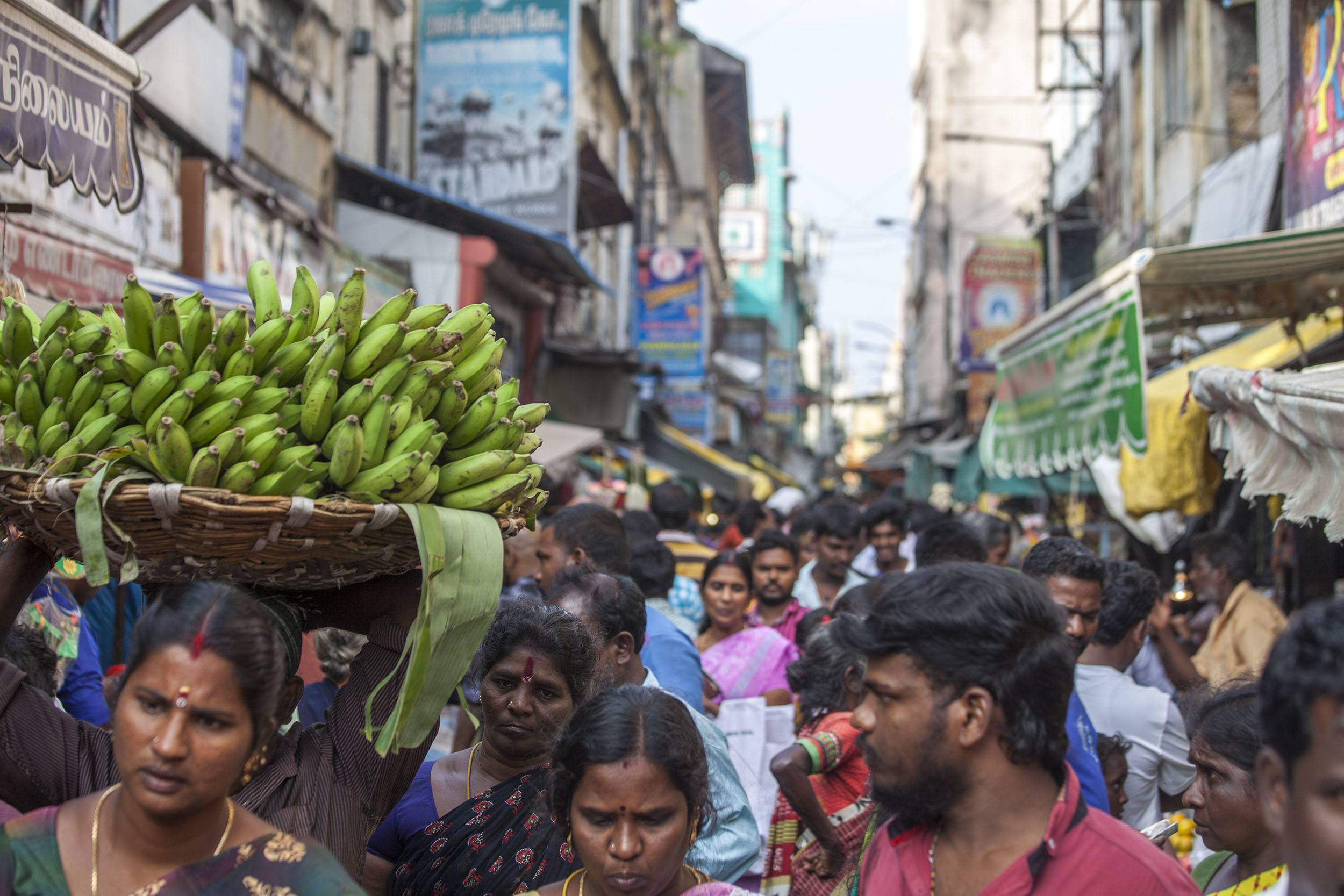
The smile would diminish when smells morphed from curry and samosa wafting across the tepid midday breeze to fetid tones of faeces and urine. It returned instantaneously, however, when my taste buds were exposed to the tantalising flavours of Maharashtrian cuisine. Its corners remained upturned when a glimpse was caught of flights of colour: women - whose public presence was minimal, adorned in multitudinous shades of Sari-dynamism, darted through the streets from home to market.
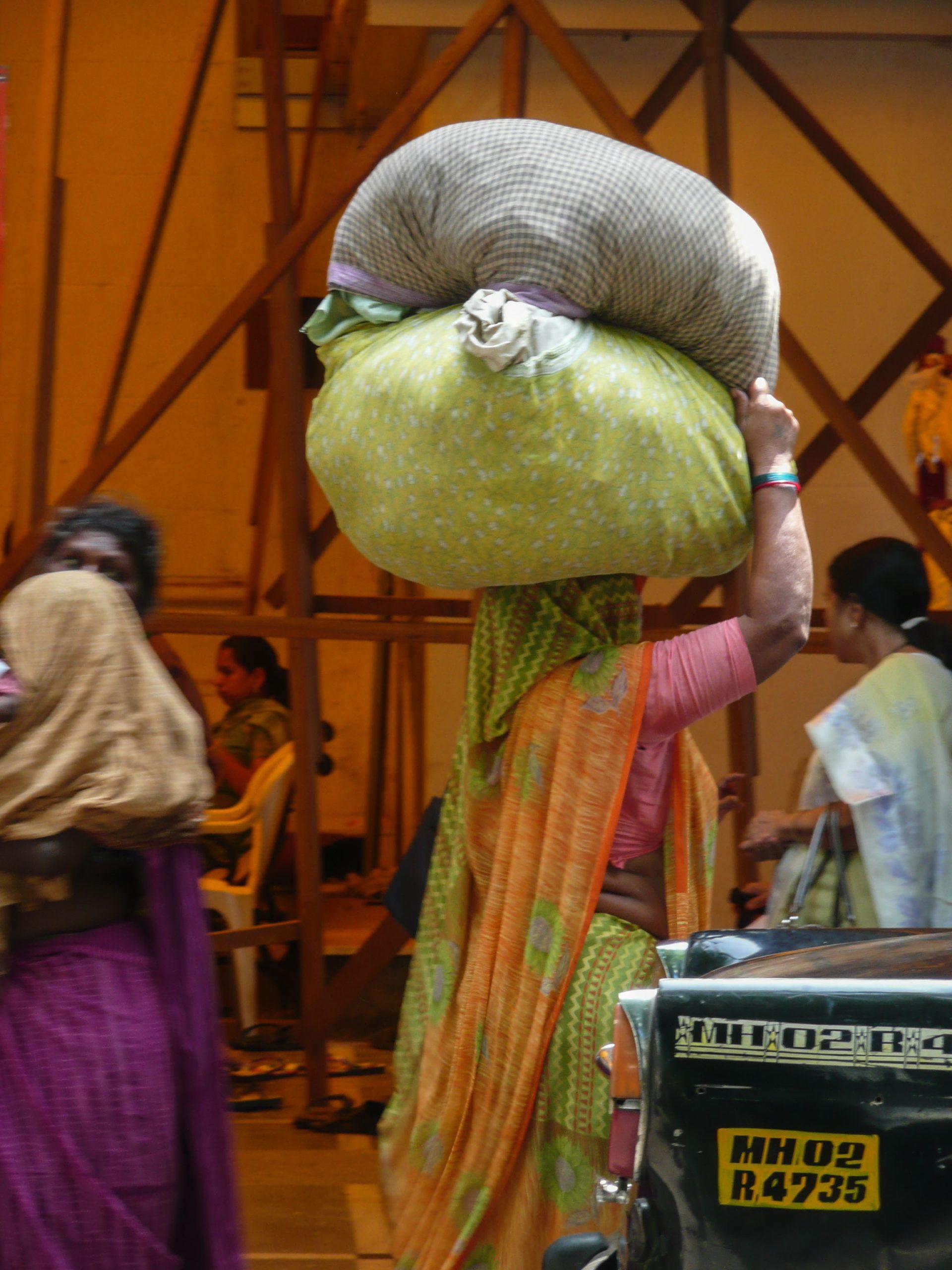
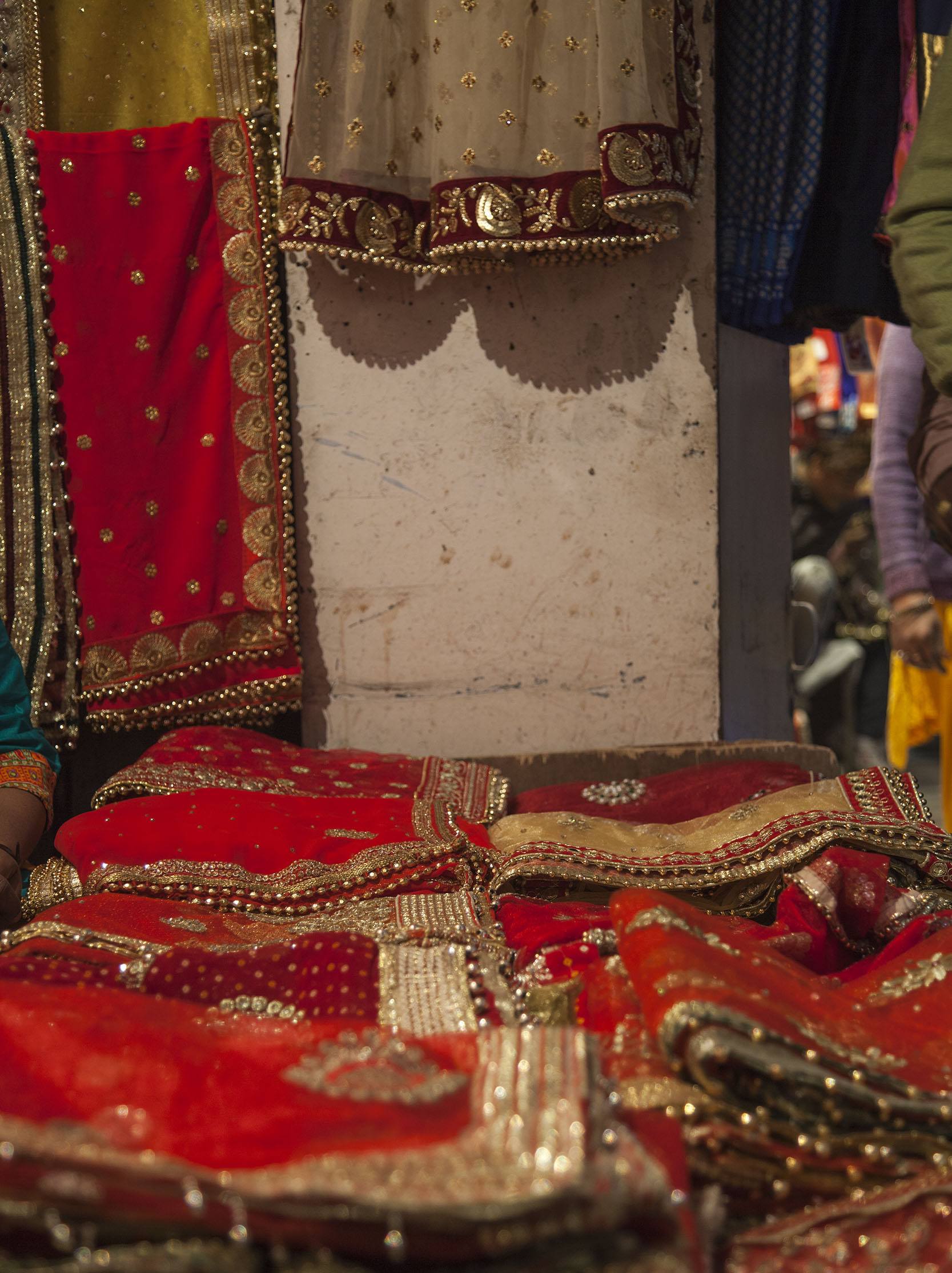
It was a colour-fest - a visually kaleidoscopic-smorgasbord of colour and vibrancy.
Escape from Mumbai's Harsh Heat
At one point in the journey, I was beleaguered into hiring a personal guide for a day. Despite fervent attempts at haggling the overpriced fare, I succumbed, especially after the allure of transport in air-conditioned comfort was promised. Avoiding the sultry air, at any cost, was worthwhile.
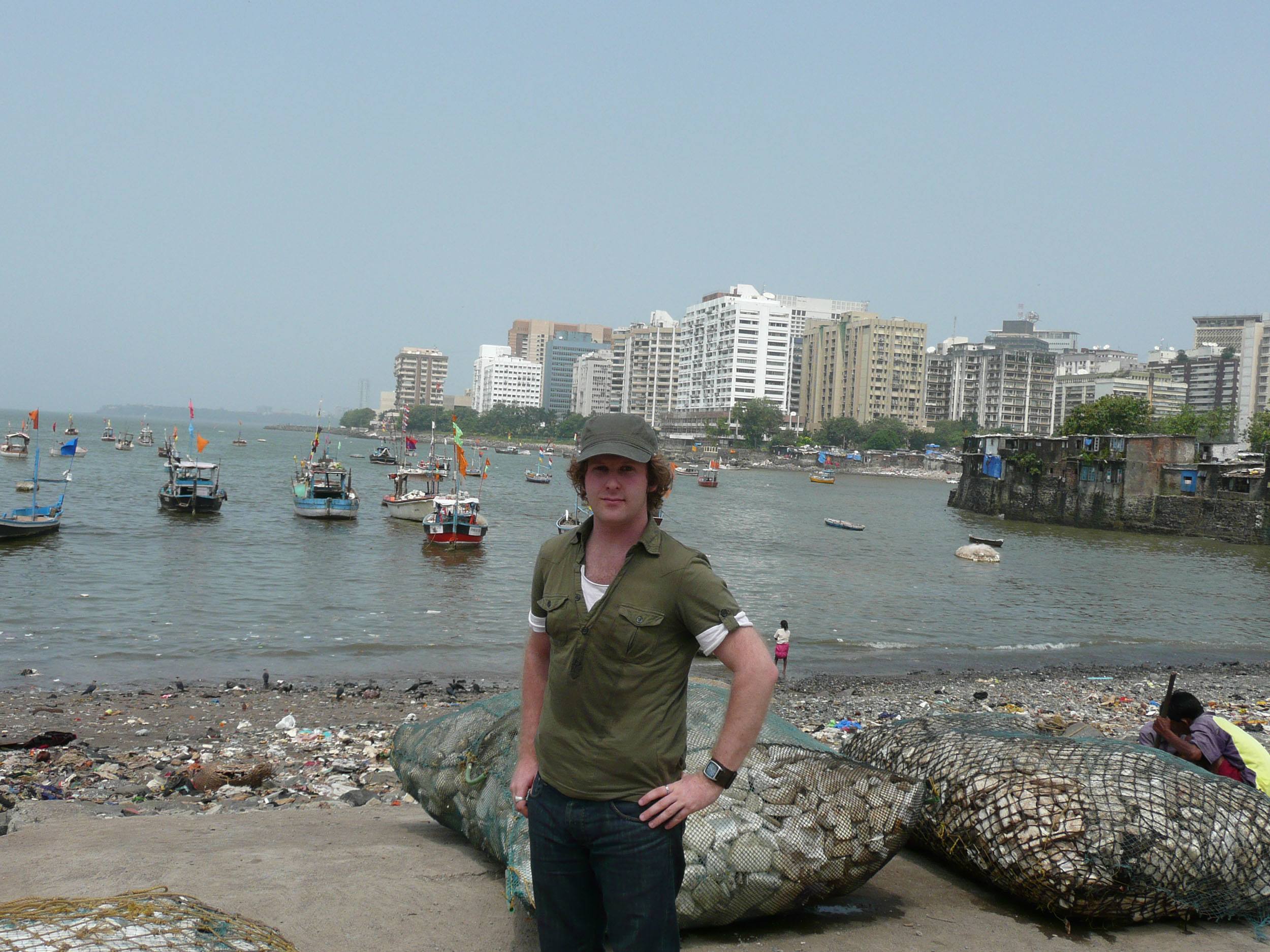
The convivial Hindi-only-speaking guide – whom I’d not previously met - chauffeured me from pillar to post. Turning off the ignition was apparently my queue to exit the car. He kindly took me to the key sights, including Chhatrapati Shivaji Terminus (Mumbai’s ornately designed main train terminal), Bombay University, Chowpatty Beach, Marine Drive, Malabar Hill, Gandhi’s House and the Gateway of India.
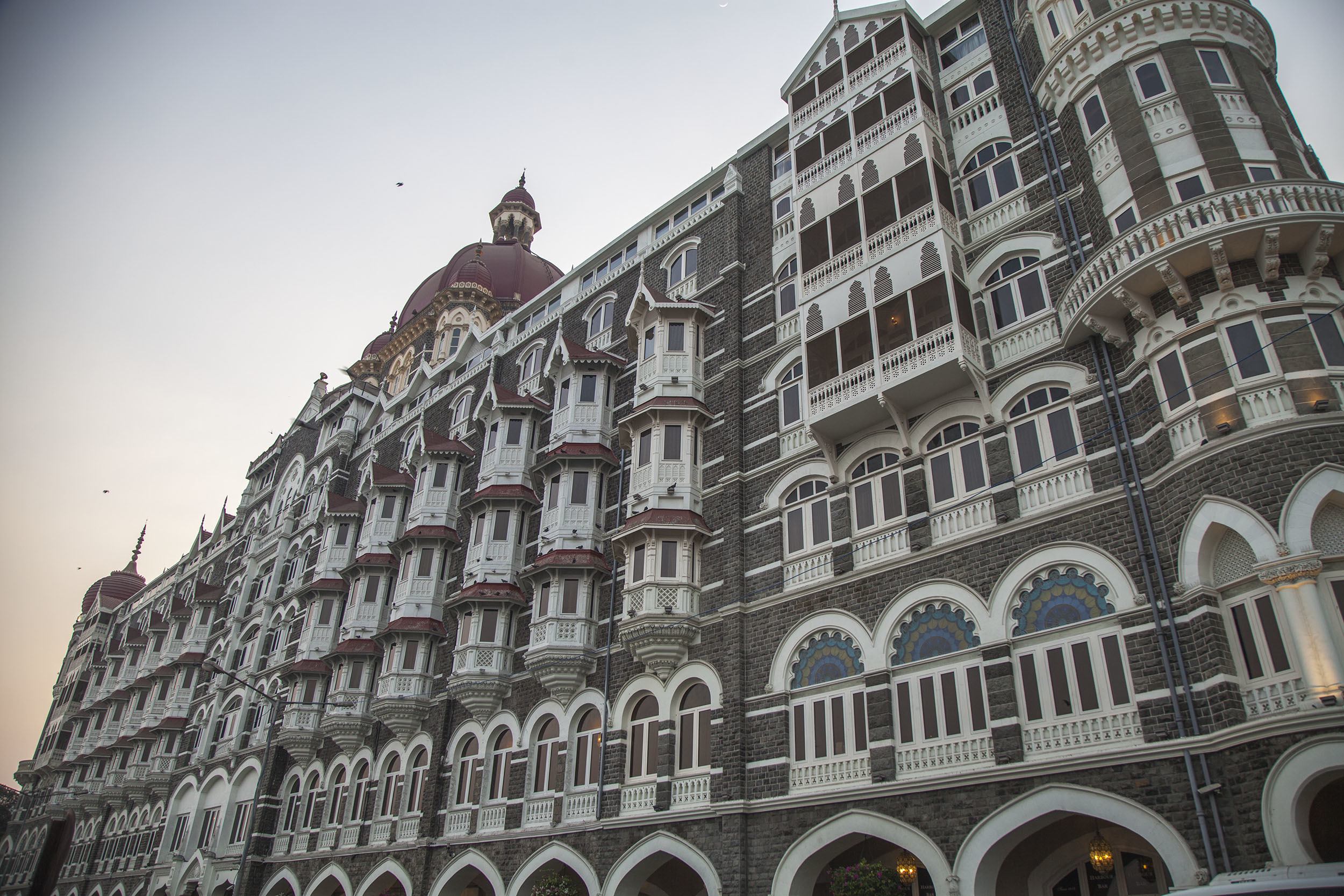
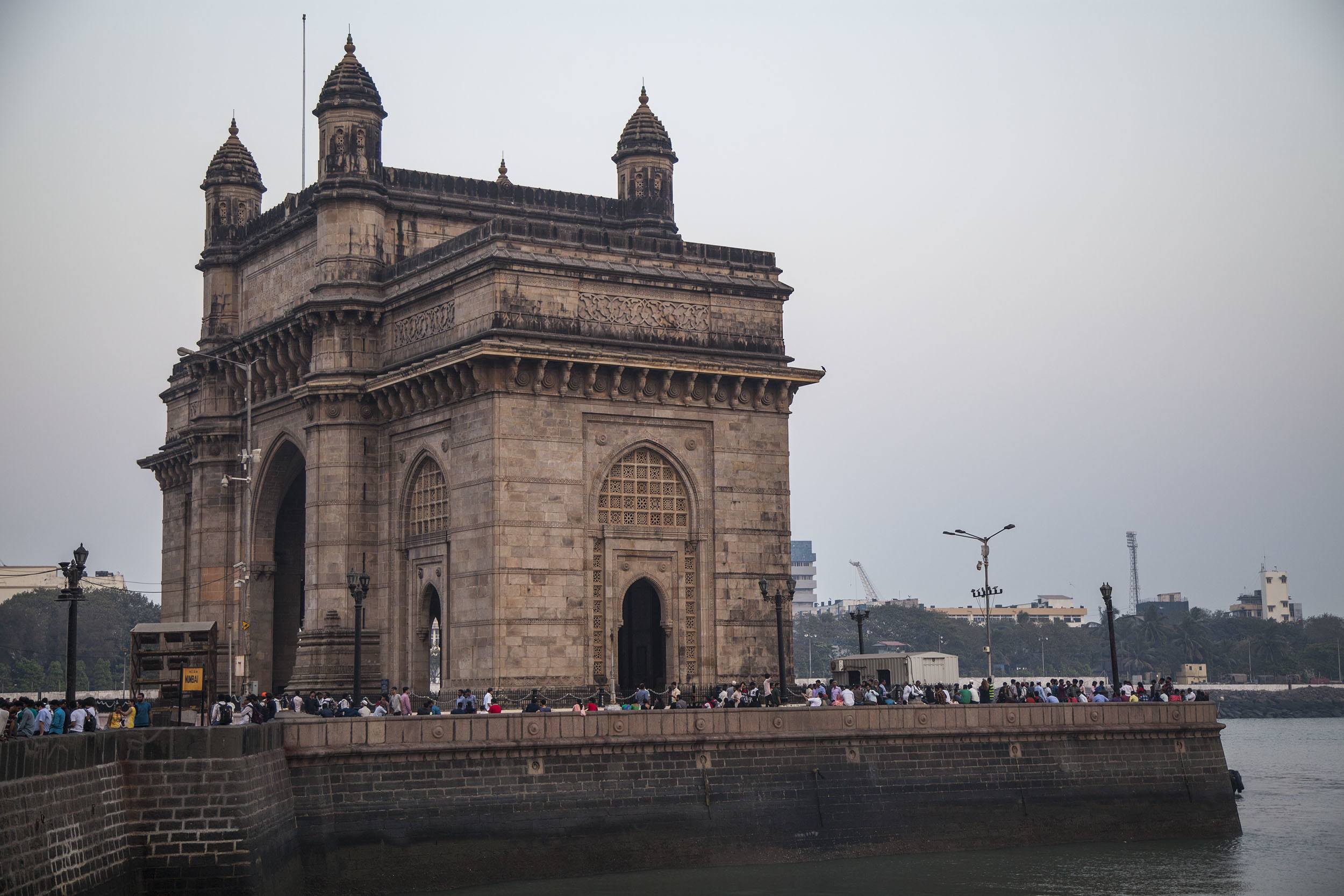
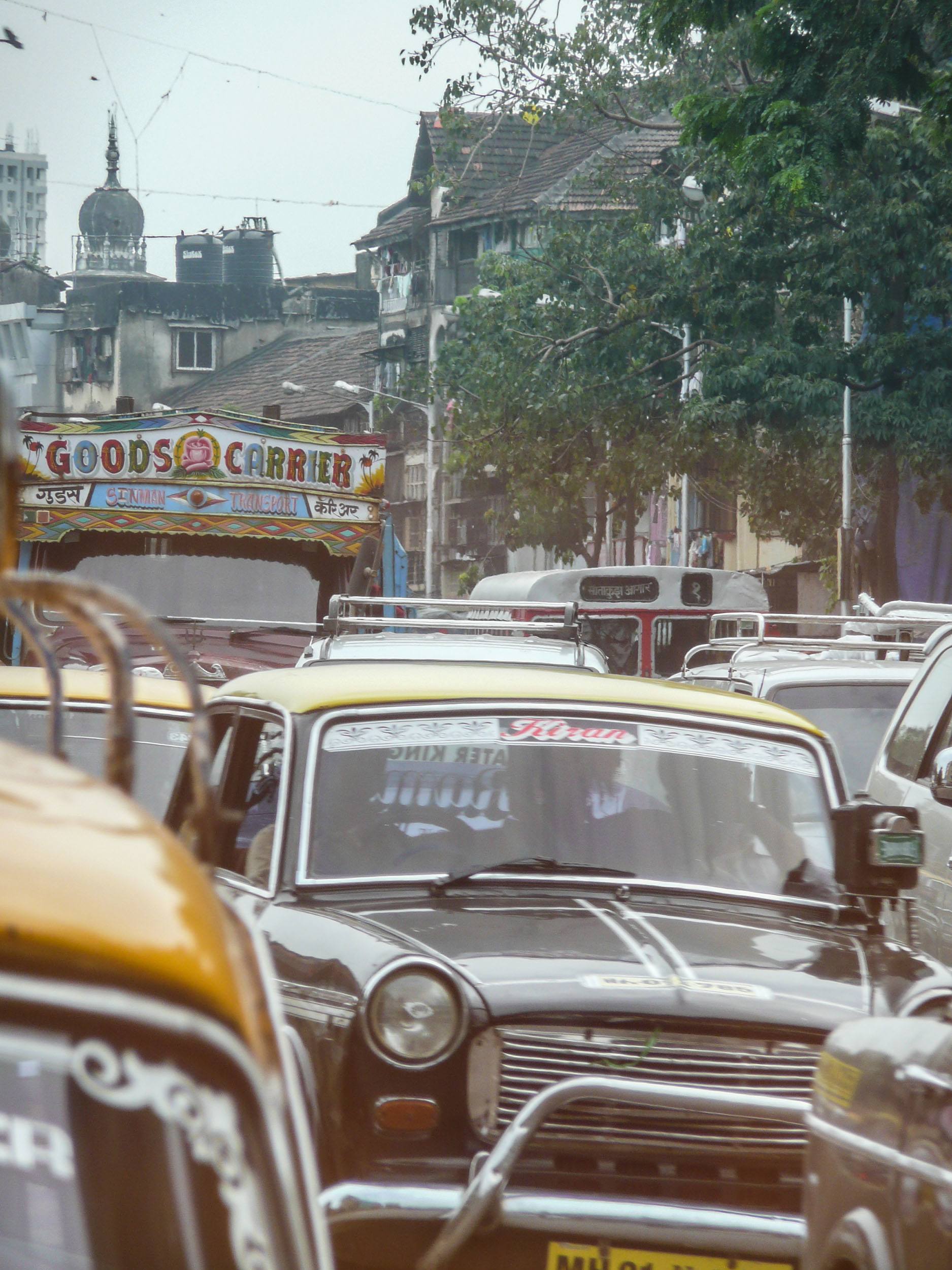
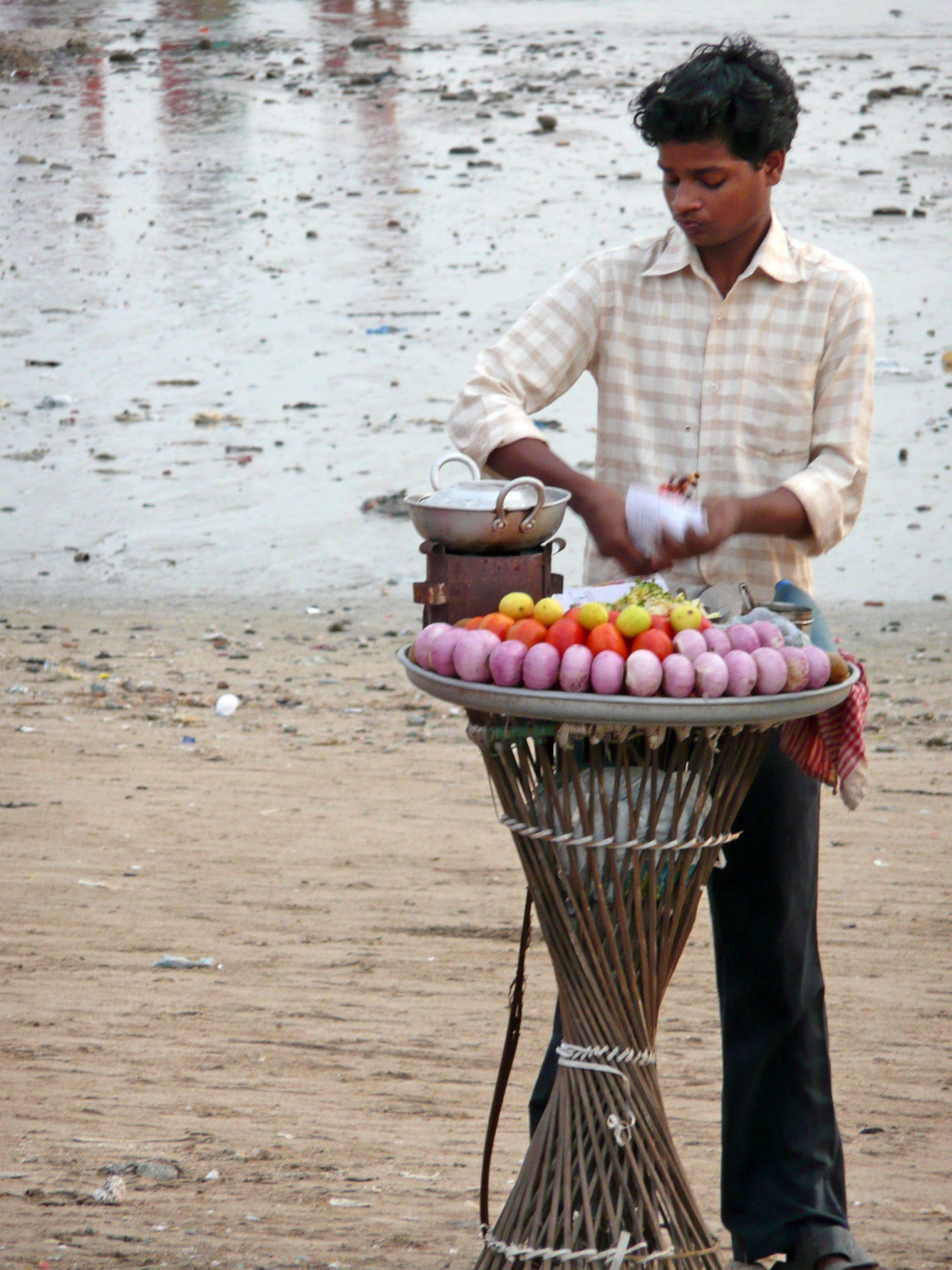

There was also a compulsory stop at a tailor, a man who was obviously ‘familial’ to the driver, which resulted in a two-hour beer-drinking cricket-watching sojourn. No suits were ordered or made: it was secret men’s business, Indian style. Of course, I was the victim of ridicule and laughter when Australia lost to India.
The ‘Poor Person’ Philosophy
An initially disheartening stop with an overarching tenor of poverty-porn was Dhobi Ghat - an open-air laundromat. The largest in the world, Dhobi Ghat – a phrase derived from Hindi – is a place in which Dhobis, or launderers, wash the linen and clothing of the city’s hotels and hospitals in large concrete wash basins. After having inadvertently entered a slum earlier in the week and subsequently realigning my real-world perspective, observing the dhobis diligently working - albeit under the sun’s harsh rays - wasn’t as disillusioning as anticipated.
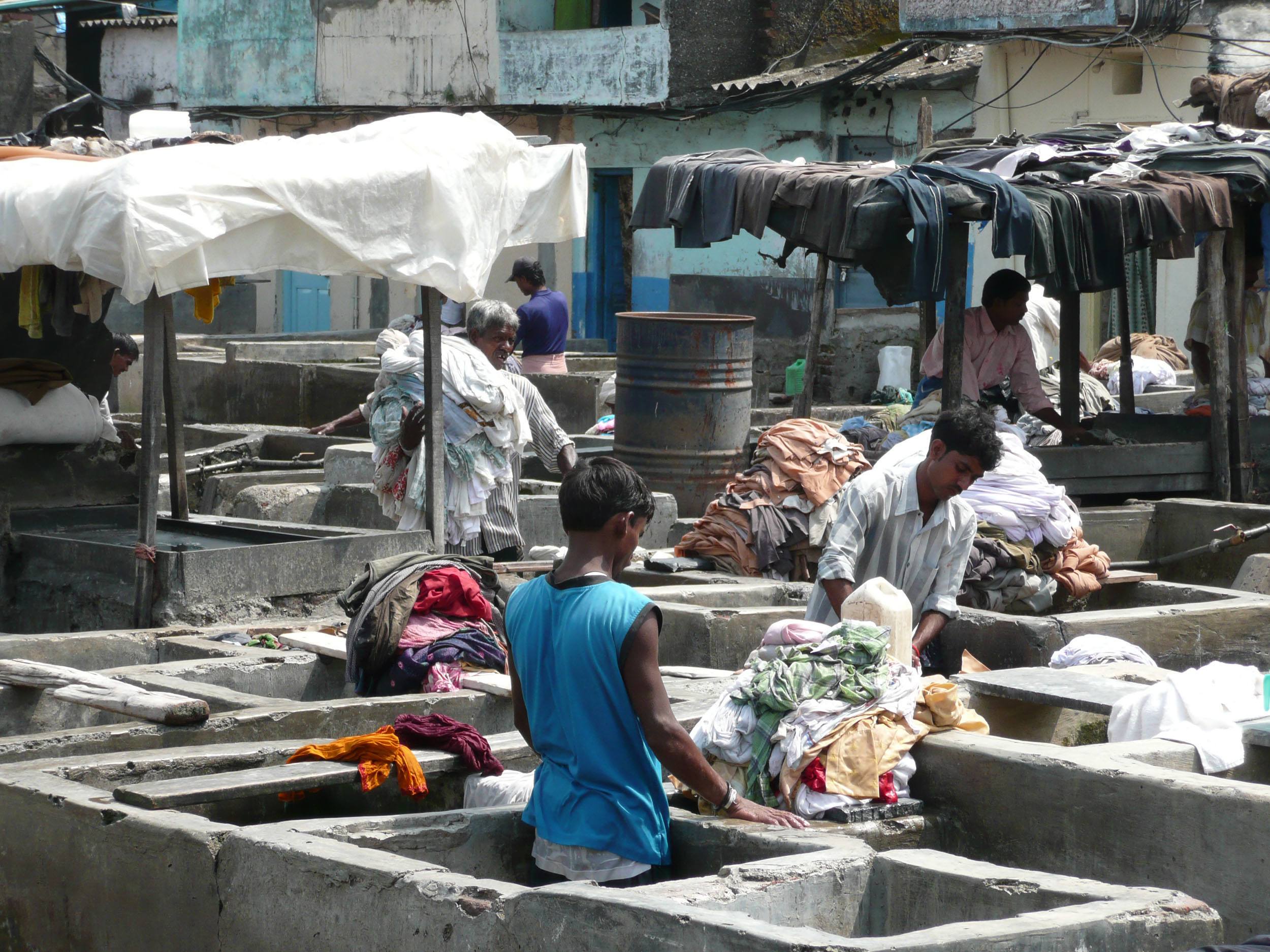
As someone whose roots are primarily Anglo Saxon, it’s easy to gravitate automatically to the reasoning that the ‘poor’ person in the ‘poor’ country is unhappy because of financial limitations. Although I had no opportunity to converse with the Dhobis, I’d imagine they’d maintain even a small sense of satisfaction – despite an inadequate and substandard salary - as contributing members of society.
I was reminded that although people may be poor, material riches are not always necessarily what they seek for fulfilment. Circumstances are unfortunate and help should be provided, where it’s needed and in the way for which it’s requested, but judgment and critique should always be reserved until understanding is gained.
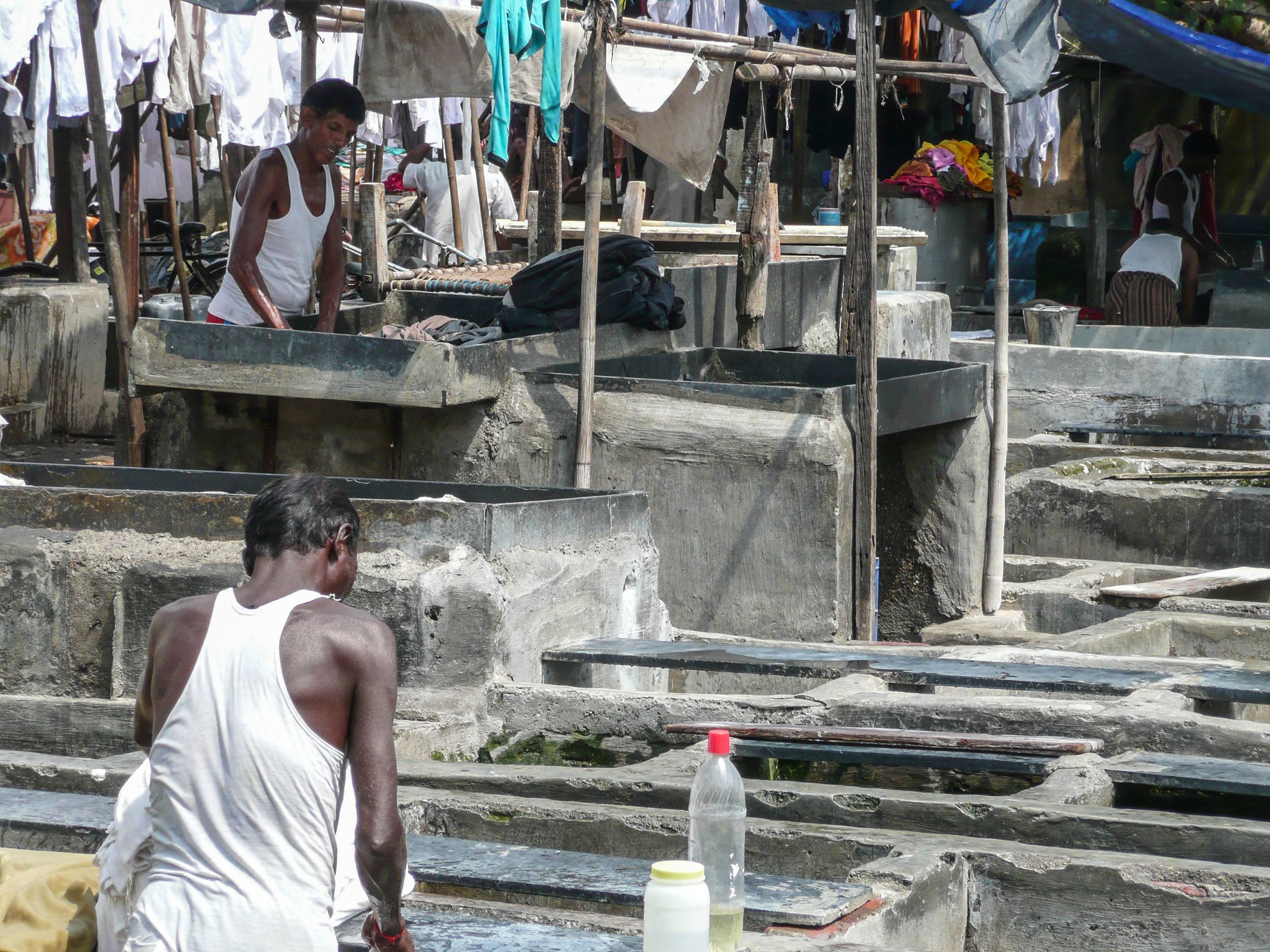
Gravitating to the ‘poor person’ ideology is dangerous, and fails to recognise one thing: big or small, black or white, fat or skinny or rich or poor, we’re all born and we all die as humans. Seeking to understand others through their worldview helps me uncover things previously maintained as mysterious to my personal culture.
A Shot at Fame, Bollywood Style
After a day of harassment by Elephanta Island’s primate inhabitants, I left the sculptures of Shiva behind, returned to the mainland and walked the streets of tourist-friendly Colaba. Minutes after being scared half to death by an eccentric man who – without consent - inserted a thin metal object into my ear, I was given an opportunity at fame: the chance to be an extra in a Bollywood movie. I hesitantly agreed; my sense of trust had been dismantled.
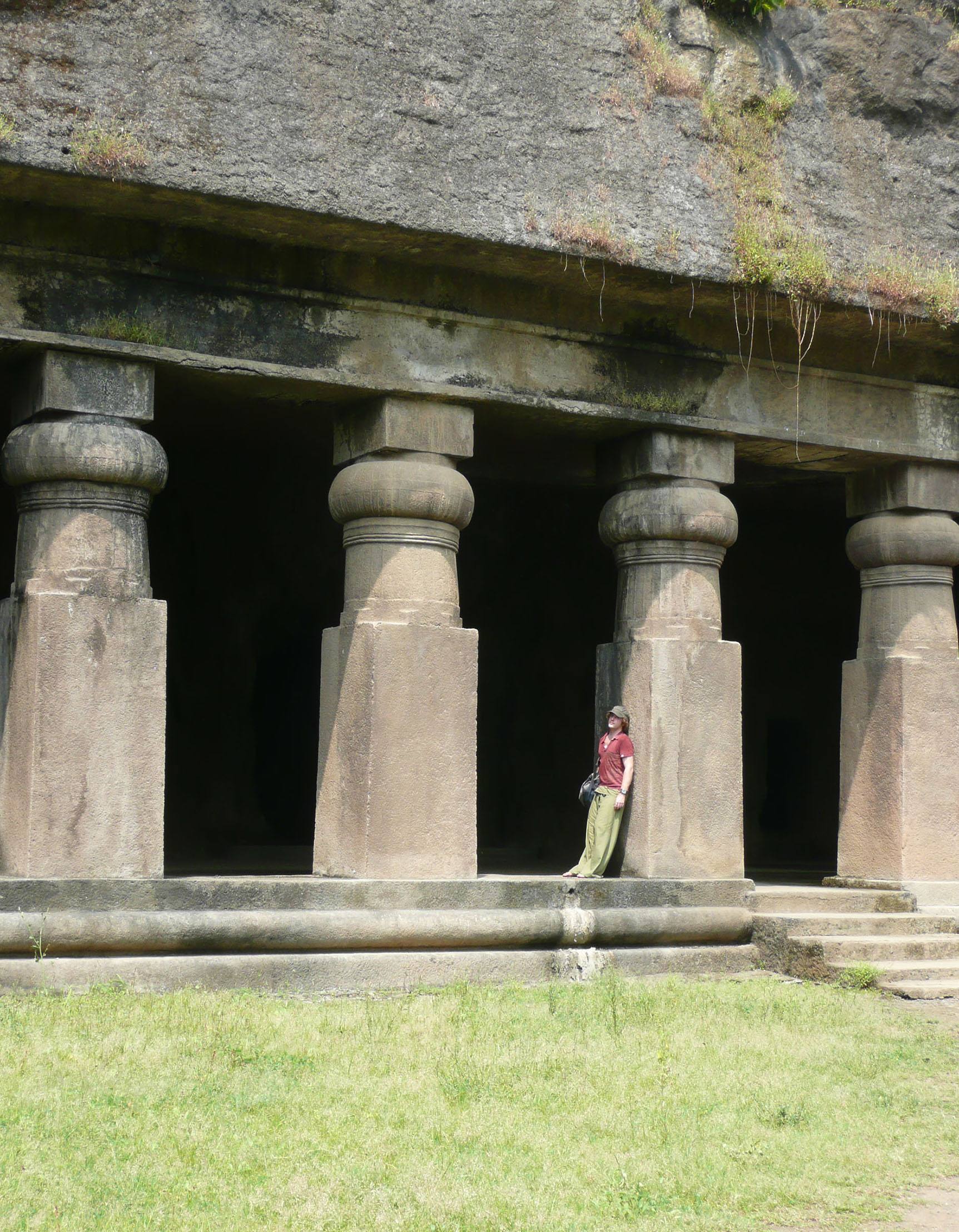


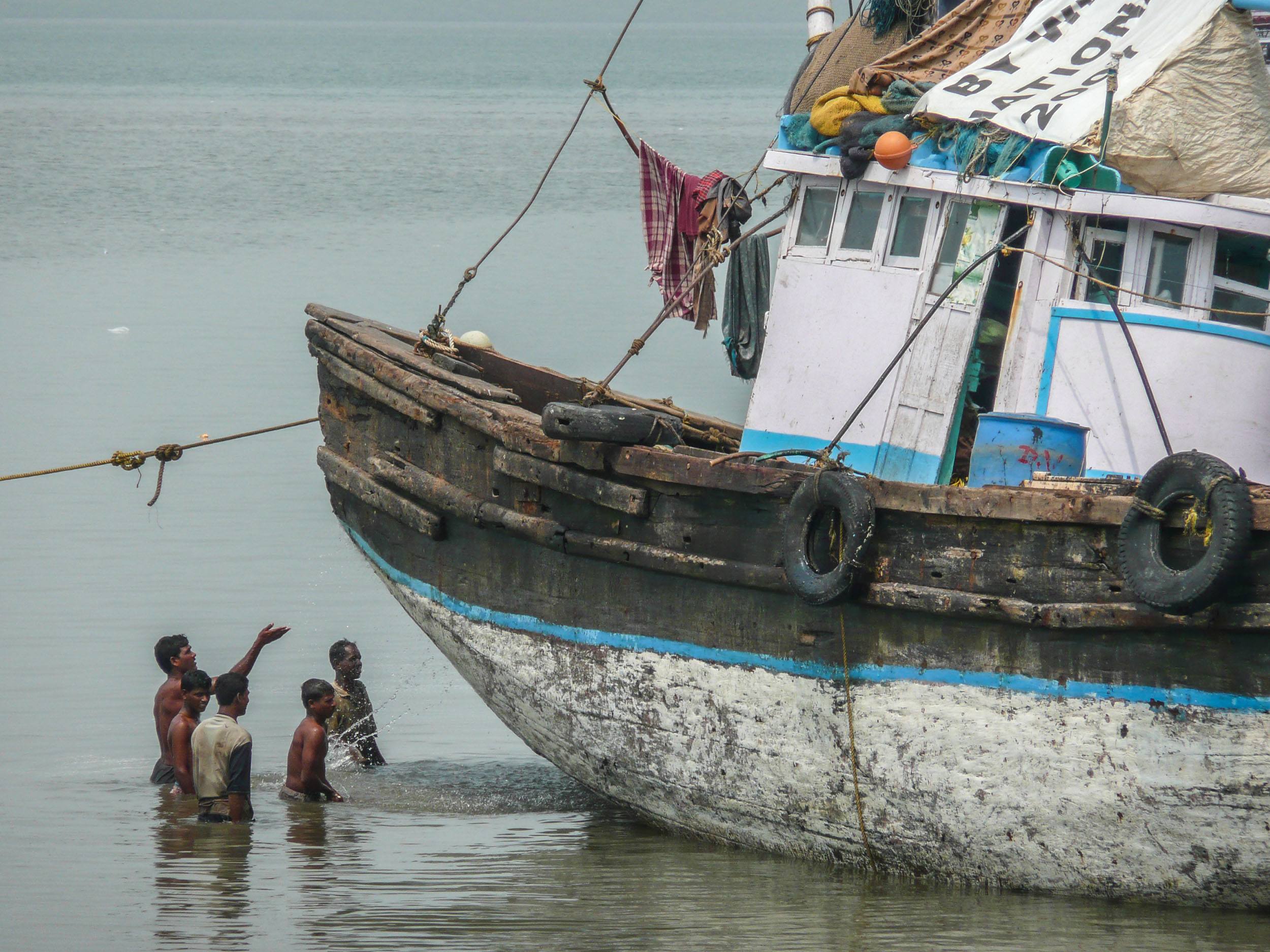
As the sun rose over Mumbai’s sultry streets the following morning, so I rose - reluctantly, out of bed.
Waiting at the assigned location with ten other skeptically pained foreign faces, I was pleasantly surprised to see the arrival of a mini bus. Carted north of the city, we arrived at Bollywood’s equivalent of Hollywood studios.
Amid the mayhem and confusion were saris of variegated array, dazzling jewels of Central Asian origin, faces painted ornately in national decoration and large cameras, bigger than I’d ever conceived. Set to a backdrop of jaunty hot beats, actors and dancers whizzed across the floor in a flurry of colour. I stood obediently, as directed, in the background: I was a foreign fly on the wall.

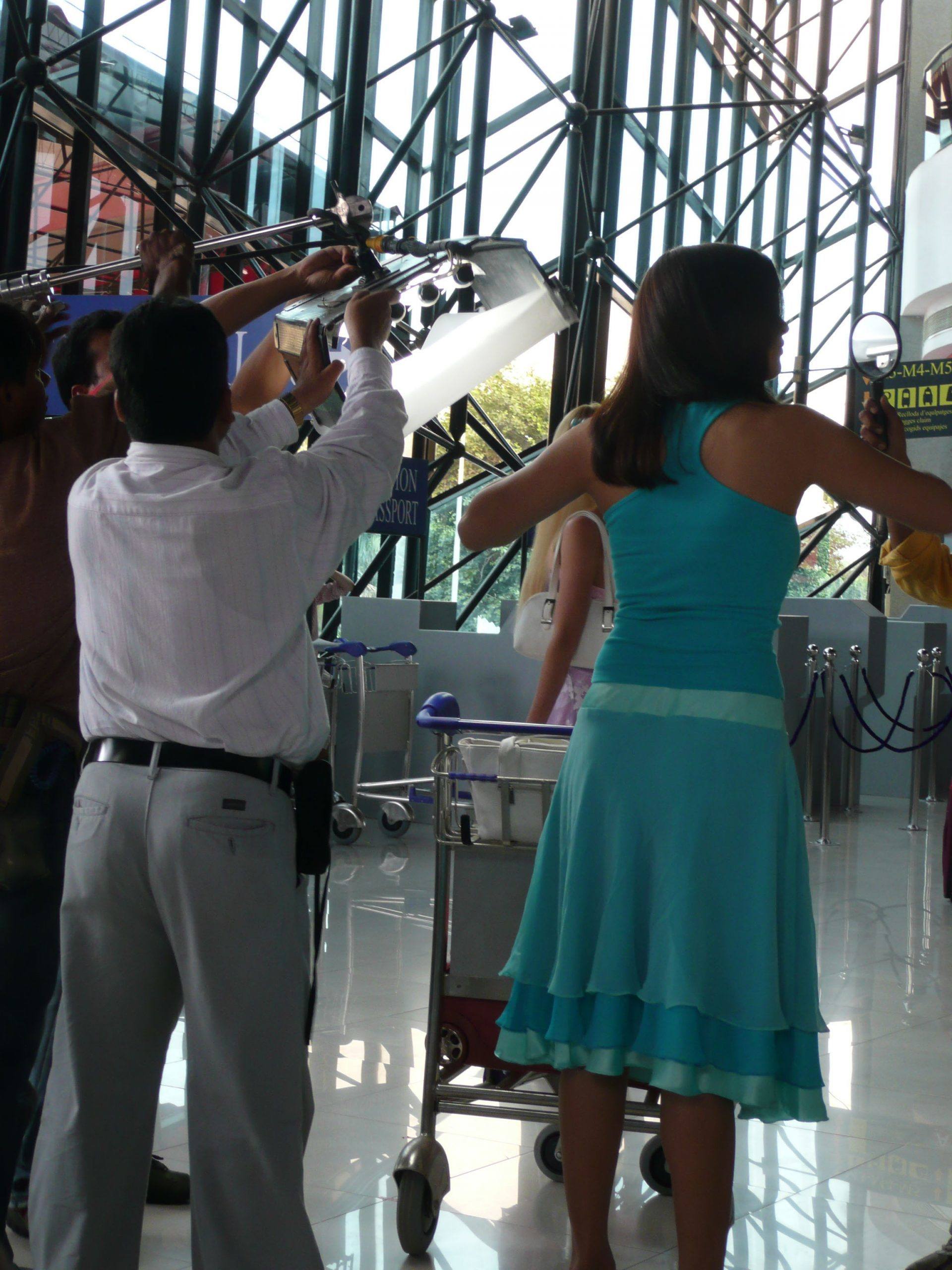
The excitement that emerged out of professional exuberance left me astonished. Once the cameras were rolling and the directors screamed, “action”, the chaos evolved into a fluid sequence of organised routines. It was an eye-opening experience, one to be recommended.
With the provision of lunch and a meagre monetary contribution for my time – which was mostly spent off camera, it was well worth missing a hot, wet, sticky day roaming Mumbai’s crowded streets.
Recollections Moving on from Mumbai
While sitting on the stone wall by Chowpatty Beach, overlooking the Arabian Sea, families, lovers, friends and children moved fluidly over the sand. Although hectic, Mumbai maintains a charisma that tirelessly engages observers and willing participants. The experience is limited only by your willingness to embrace the city’s somewhat hidden charm in its entirety.
I’ve succumbed to it: she’s able to frustrate, thrill and confound by means of a single encounter. She left me dumbfounded yet craving a taste of more. Ergo I ventured south, to the warm and open-armed embrace of laidback Goa, to capture a diverse frame of India’s multifaceted big picture.
